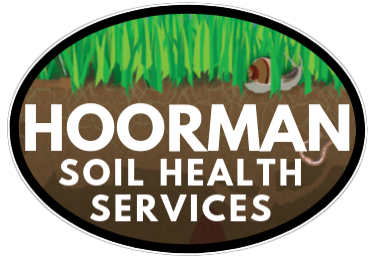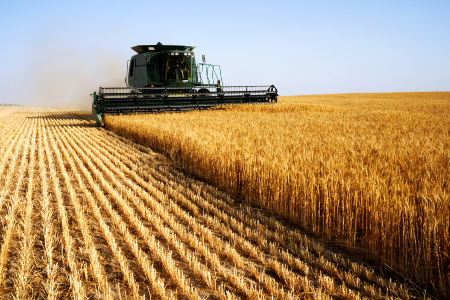
Biology of Soil Compaction Leading Edge
Soil compaction is a major problem on all agricultural soils. For years, agricultural engineers said that soil compaction was a result of heavy wheel traction. They were partially correct. Tillage and destruction of the soil structure is the major cause of soil compaction but really this is a biological problem caused by a lack of living roots in the soil. The turnover of soil roots increase soil organic matter (SOM), allowing soil particles to form macroaggregates. These macroaggregates allow water to infiltration by increasing pore space but macroaggregates and the SOM also store most plant available nutrients. If you have cold wet soils or warm moist soils or want to learn more about how to improve soil structure, read this article!
Soil compaction is a major problem on all agricultural soils. For years, agricultural engineers said that soil compaction was a result of heavy wheel traction. They were partially correct. Tillage and destruction of the soil structure is the major cause of soil compaction but really this is a biological problem caused by a lack of living roots in the soil. The turnover of soil roots increase soil organic matter (SOM), allowing soil particles to form macroaggregates. These macroaggregates allow water to infiltration by increasing pore space but macroaggregates and the SOM also store most plant available nutrients. If you have cold wet soils or warm moist soils or want to learn more about how to improve soil structure, read this article!

Using Cover Crops to Convert to No-till
For years, farmers have struggled to make no-till farming work. Typically, it can take 7 to 9 years to convert from conventional tillage to no-till. Today, we know that no-till is only maybe 40% of the solution. The other 60% involves improving soil health by using cover crops to convert to no-till. Changing the soil environment is important for achieving healthy soil microbial levels which feed our crops. Do you want to make the transition to no-till to occur quicker, say 1-3 years or even less? Then read this article!
For years, farmers have struggled to make no-till farming work. Typically, it can take 7 to 9 years to convert from conventional tillage to no-till. Today, we know that no-till is only maybe 40% of the solution. The other 60% involves improving soil health by using cover crops to convert to no-till. Changing the soil environment is important for achieving healthy soil microbial levels which feed our crops. Do you want to make the transition to no-till to occur quicker, say 1-3 years or even less? Then read this article!
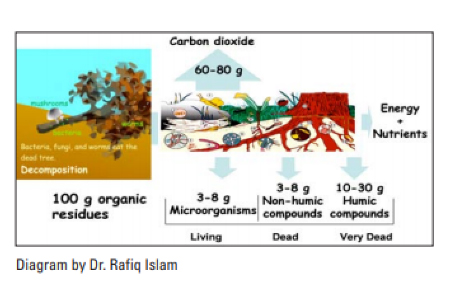
Understanding Soil Microbes and Nutrient Recycling
Soil health is all about feeding the plants using soil microbes. Soil microbes in a conventional till soil are dominated by bacteria while healthy soils have a balance of fungus and bacteria. Each soil microbe is a soluble bag of fertilizer and there are 1,000 to 2,000X more microbes around healthy roots than there are in the bulk soil without roots. Have you sometimes struggled with yellow no-till corn. Could it be related to the soil microbes, your carbon to nitrogen ratio, and the type of cover crop you are growing. To learn more, dig in and read this article!
Soil health is all about feeding the plants using soil microbes. Soil microbes in a conventional till soil are dominated by bacteria while healthy soils have a balance of fungus and bacteria. Each soil microbe is a soluble bag of fertilizer and there are 1,000 to 2,000X more microbes around healthy roots than there are in the bulk soil without roots. Have you sometimes struggled with yellow no-till corn. Could it be related to the soil microbes, your carbon to nitrogen ratio, and the type of cover crop you are growing. To learn more, dig in and read this article!
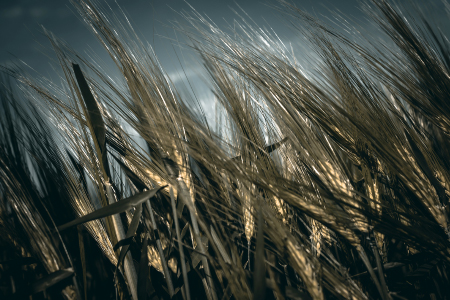
Sustainable Crop Rotations with Cover Crops
The most common question I get almost everyday is what cover crop is the best or what cover crops should I use on my farm? Many farmers are confused about what cover crops do and what benefits they provide. This fact sheet evaluates several crop rotations and shows how cover crops can be used in each crop rotation. If you are wondering which cover crop to use before corn or soybeans or what type of cover crop mixture should I use after what, this is a must read factsheet.
The most common question I get almost everyday is what cover crop is the best or what cover crops should I use on my farm? Many farmers are confused about what cover crops do and what benefits they provide. This fact sheet evaluates several crop rotations and shows how cover crops can be used in each crop rotation. If you are wondering which cover crop to use before corn or soybeans or what type of cover crop mixture should I use after what, this is a must read factsheet.
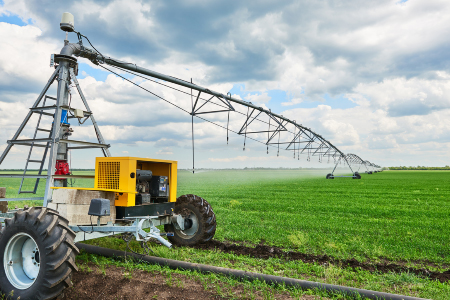
Improving Water Quality using Cover Crops
Eutrophication (Excess Phosphorus in Lake Erie & Chesapeake Bay) and Hypoxia (Too much Nitrogen in the Mississippi River and Gulf of Mexico) are common and growing environmental problems facing farmers today. Government Regulation may not be far behind if farmers do not find solutions to these problems. All soluble nutrients like nitrogen and phosphorus are tied up by plant roots and soil organic matter (SOM). Cover crops offer many solutions to these problems. The Chesapeake Bay region has improved water quality by 42% in the last 10 to 15 years. Want to know how? Read this article!
Eutrophication (Excess Phosphorus in Lake Erie & Chesapeake Bay) and Hypoxia (Too much Nitrogen in the Mississippi River and Gulf of Mexico) are common and growing environmental problems facing farmers today. Government Regulation may not be far behind if farmers do not find solutions to these problems. All soluble nutrients like nitrogen and phosphorus are tied up by plant roots and soil organic matter (SOM). Cover crops offer many solutions to these problems. The Chesapeake Bay region has improved water quality by 42% in the last 10 to 15 years. Want to know how? Read this article!
